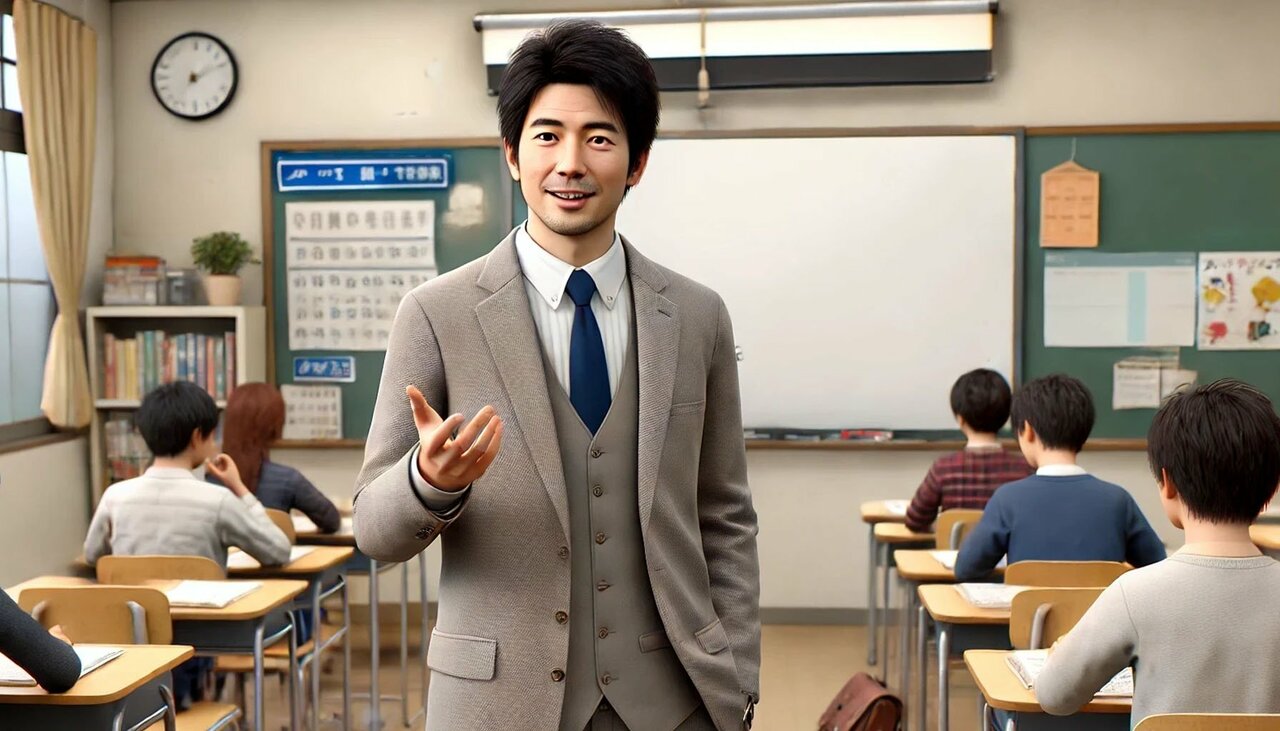【引用文献】
1 石原知英(2007)指導要領の変遷から見る学校英語教育の目的論の展開『中国地区英語教育学会研究紀要』第37号91-100頁
2 鳥飼玖美子(2014)『英語教育論争から考える』みすず書房
3 文部科学省 . (2003).「英語が使える日本人」育成のための行動計画(抜粋)https://www.mext.go.jp/b_menu/shingi/chousa/shotou/082/shiryo/attach/1301980.htm
4 文部科学省 . (2009).『高等学校学習指導要領』. http://www.mext.go.jp/a_menu/shotou/ new-cs/youryou/kou/kou.pdf
5 西野孝子(2011)コミュニカティブ・アプローチに関する日本人高校英語教師の信条と実践. JALT Journal,33号131-155頁
6 Sakui, K., & Cowie, N.(2012). The dark side of motivation: teachers’ perspectives on ‘unmotivation’. ELT Journal, 66, 205-213.
7 鳥飼玖美子 (2017)「英語の授業は基本的に英語で行う」方針について . 『学術の動向』 22巻11号特集2・初等中等教育における英語教育の課題と可能性(78-82頁)日本学術協力財団
8 鳥飼玖美子・大津由紀雄・江利川春雄・斎藤兆史(2017)『英語だけの外国語教育は 失敗する』ひつじ書房
9 Pajares, F. (2006). Self-efficacy during childhood and adolescence. In F. Pajares & T. Urdan (Eds.) Self-efficacy and Adolescents. Greenwich: IAP-Information Age Publishing, Inc.
4 文部科学省 .(2009)『高等学校学習指導要領』. http://www.mext.go.jp/a_menu/shotou/ new-cs/youryou/kou/kou.pdf
10 文部科学省 . (2017). 『中学校学習指導要領解説外国語編』. http://www.mext.go.jp /content/20210531-mxt_kyoiku01-100002608_010.pdf
11 山森直人(2013)高等学校英語科授業における教師の英語使用に関する調査『鳴門教 育大学研究紀要』第28巻49-63頁
12 Gorsuch, G. (2000) EFL educational policies and education cultures: Influences on teachers’ approval of communicative activities. TESOL Quarterly, 344), 675-710.
13 Hosoda, Y. (2000). Teacher codeswitching in the EFL classroom. JALT Journal, 22, 6993.
14 Kaneko, T. (1992). The role of the first language in foreign language classroom. Unpublished doctoral dissertation, Temple University, Philadelphia.
15 中田賀之(2006)「英語学習動機づけ」から「英語学習意欲」の研究への転換―研究 対象領域、研究手法、研究目的の観点から―『Language Education & Technology』第43 巻77-94頁 外国語教育メディア学会
16 Nishino, T. (2012). Modeling teacher beliefs and practices in context: A multimethods approach. The Modern Language Journal, 96, 380-399.
17 Sakui, K. (2004). Wearing two pair of shoes: Language teaching in Japan. ELT Journal, 58, 155-168.
18 Sakui, K. (2007) Classroom management in Japanese EFL classrooms. JALT Journal, 29 1), 41-58.
19 中田賀之(2006)「英語学習動機づけ」から「英語学習意欲」の研究への転換―研究 対象領域、研究手法、研究目的の観点から―『Language Education & Technology』第43 巻77-94頁 外国語教育メディア学会
20 Kikuchi, K., & Browne, C. (2009). English educational policy for high schools in Japan: Ideals vs. reality. RELC Journal, 40, 172-191.
21 石野未架(2016)会話分析的手法を用いた教師の授業実践知の記述『日本教育工学会論文誌』第40号13-22頁
22 表 昭浩(2011)NNS教師は何故L2授業でL1使用を選択するのか『外国語教育メディア学会第51回全国研究大会発表要項』54-55頁
23 Shimura, A. (2007). Teacher use of L1: different class situations. In K. Bradford Watts (Ed.). JALT2006 Conference Proceedings. Tokyo: JALT.
24 Yonesak(岩波書店)a, S. M. (2005). A proposal to use classroom discourse frames to investigate patterns of teacher L1 use. Hokkai Gakuen University Studies in Culture, 32, 31-57.
25 Chang, B. -M. (2002). The development of English educational materials based on the 7th national curriculum of Korea. Pan-Pacific Association of Applied Linguistics 6, 15-28.
26 Hwang, S.-S., Seo, H.-S., & Kim, T.-Y. (2010). Korean English teacher’s disempowerment in English-only classes: A case study focusing on Korea-specific cultural aspects. Sociolinguistic Journal of Korea, 18, 105-135.
27 Joen, I-J. (2008). Korean EFL teachers’ beliefs of English-only instruction. English Teaching 63, 205–229.
28 Kim, S. H. (2008). Types and characteristics of classroom exchanges in Korean middle school TETE classes: A discourse analysis and its pedagogical implication. SNU Journal of Education Research, 17, 71-94.
29 Kim, S.-Y. (2002). Teachers’ perceptions about teaching English through English. English Teaching, 57, 131-148.
30 表 昭浩(2021)脱日本語ノススメ:AI新時代、必要なのは日本語を洗練すること『英語教育』6月号70-71頁 大修館書店
31 Atkinson, D. (1987). Teaching in the target language; a problem in the current orthodoxy. Language Learning Journal, 8, 2-5.
【前回の記事を読む】AIが教師に取って代わる日は近い?英語教師が向き合うべきなのは「日本語」











